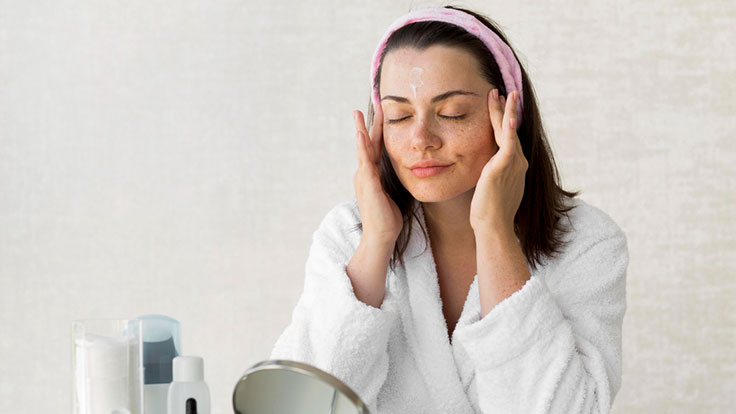Quick Links
For Patients
For Physicians
- Refer a patient to a specialist
- Order labs for patients
- Order radiology for patients
- Order At-Home Services
- Get your practice listed
For Companies

© Copyright 2024 American TelePhysicians. All rights reserved.








Dermatitis refers to skin inflammation that causes itchy, red, swollen skin that may or may not is accompanied by blisters, oozing, and skin thickening. Dermatitis is a broad term subdivided into some types, each of which has a specific cause, symptoms, and treatment. The most common styles include Atopic dermatitis, contact dermatitis, seborrheic dermatitis, infant dermatitis, etc.
Dermatitis is standard worldwide, with children and young females most commonly affected for atopic type, while males are more widely affected for seborrheic type.
There is no cure for dermatitis; however, medications are used in acute episodes, and lifestyle changes are adopted to prevent further attacks. It is treated mainly by steroids, emollients, creams, fungi, or topical antibiotics.